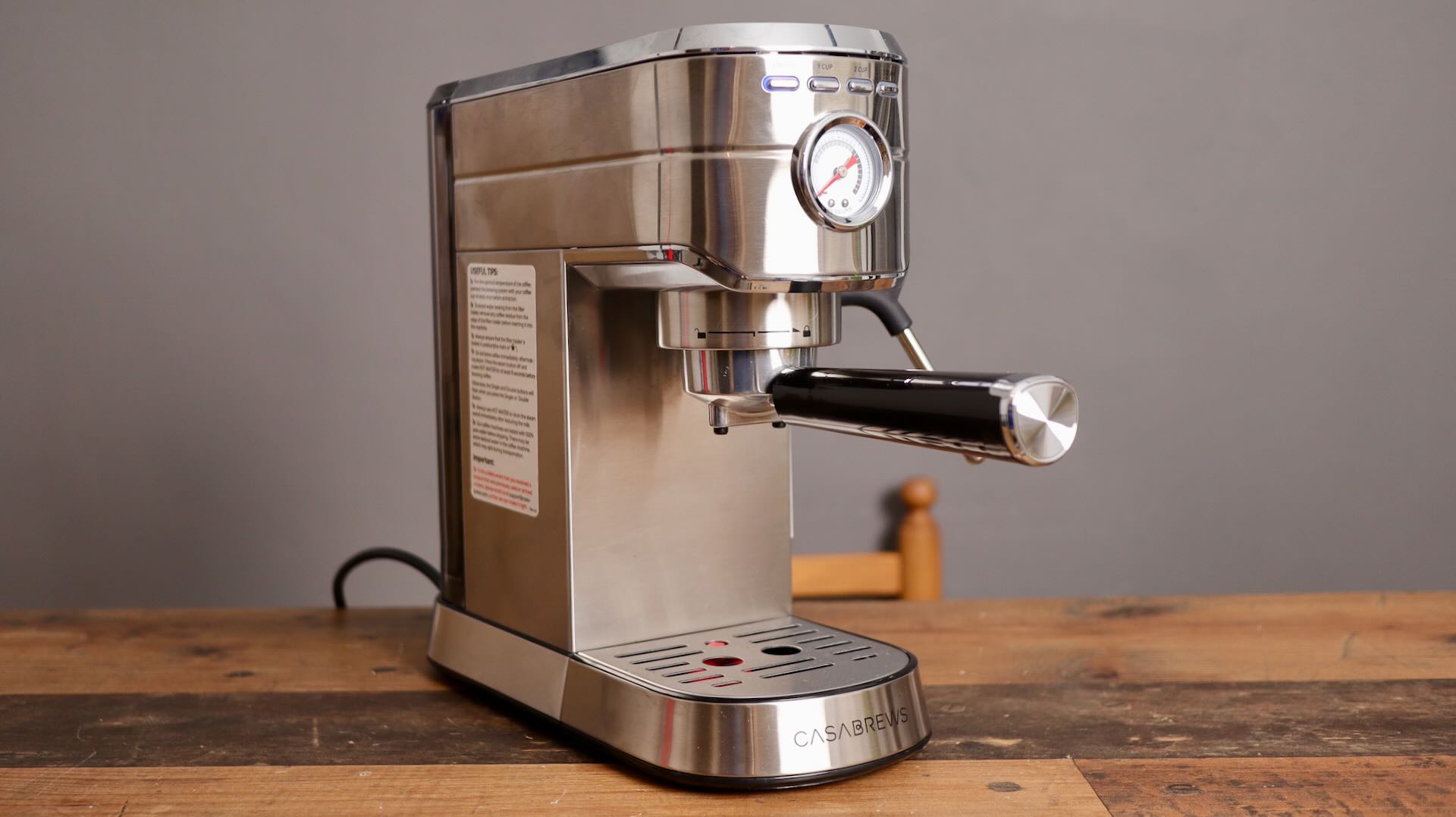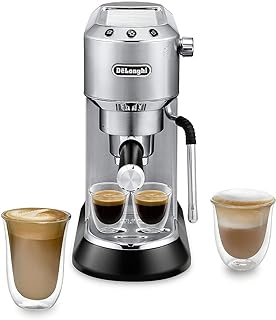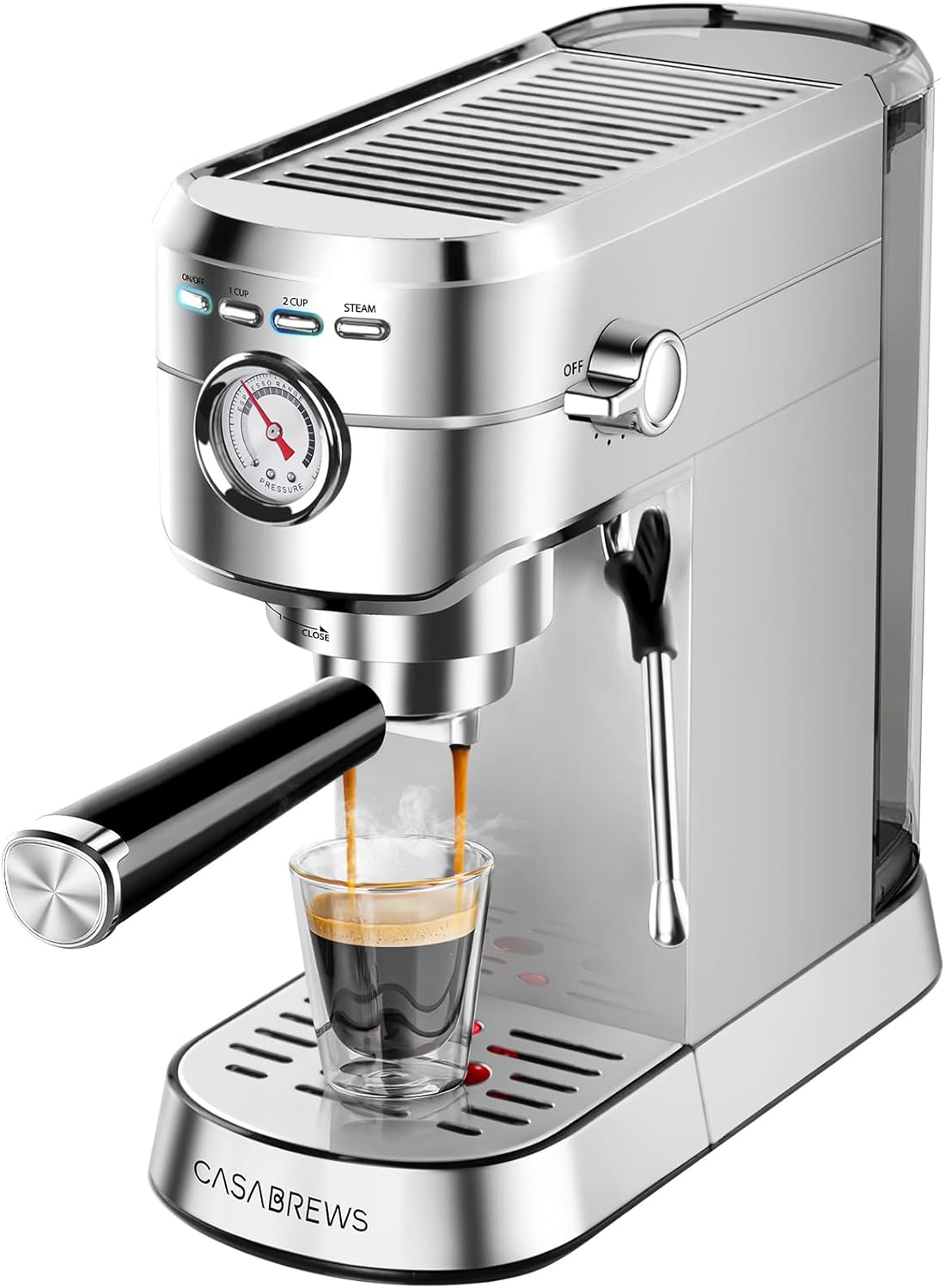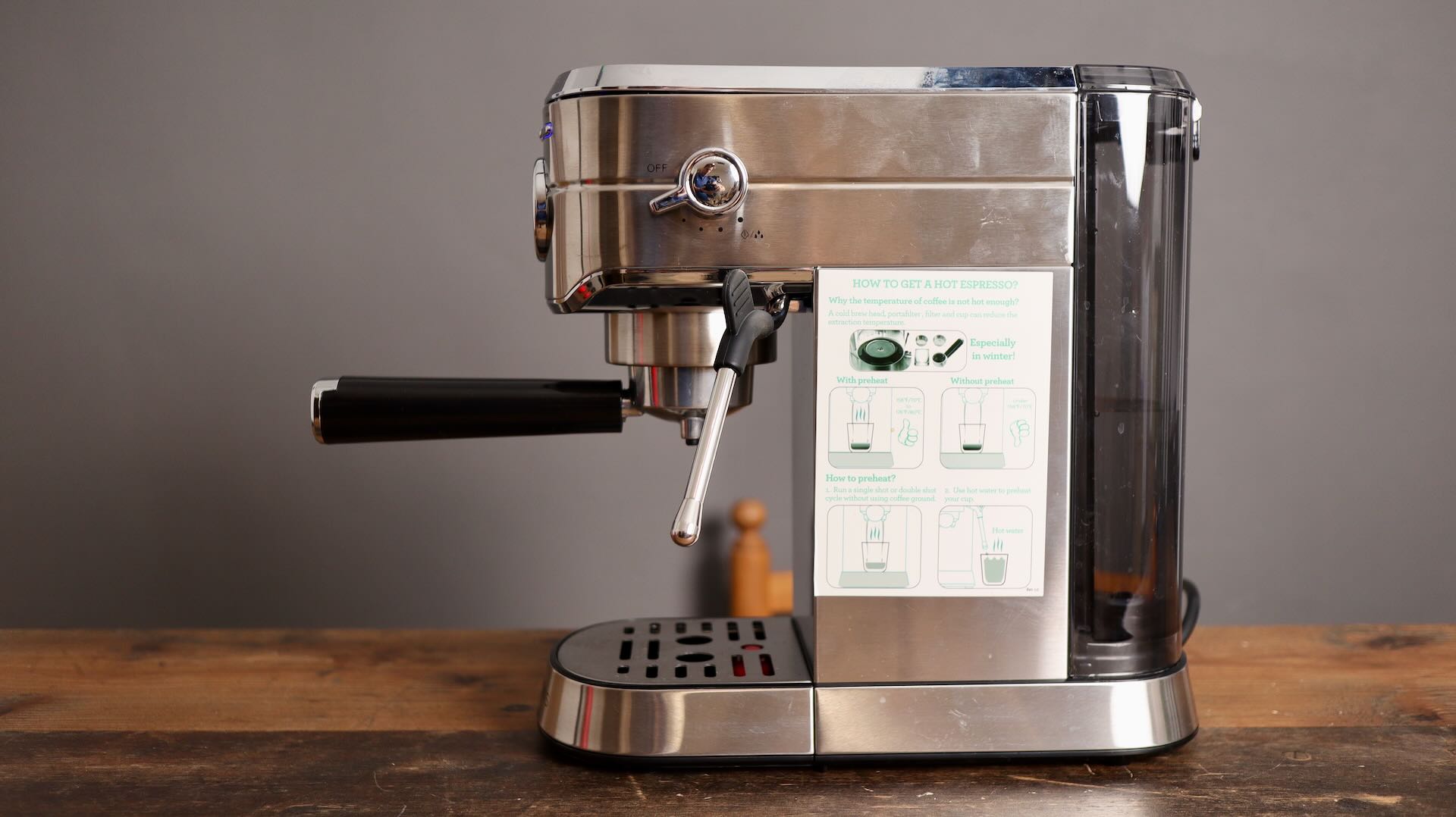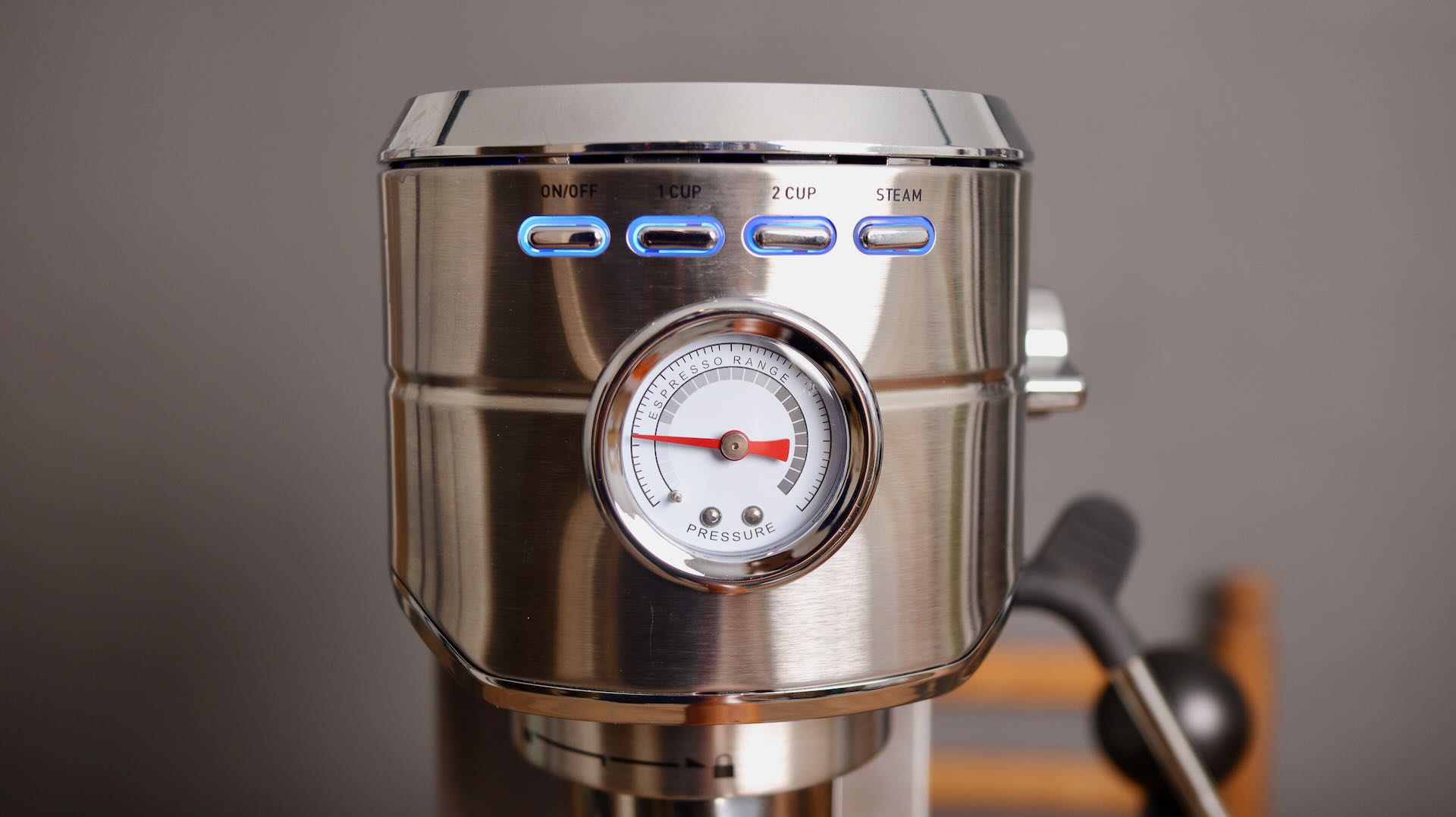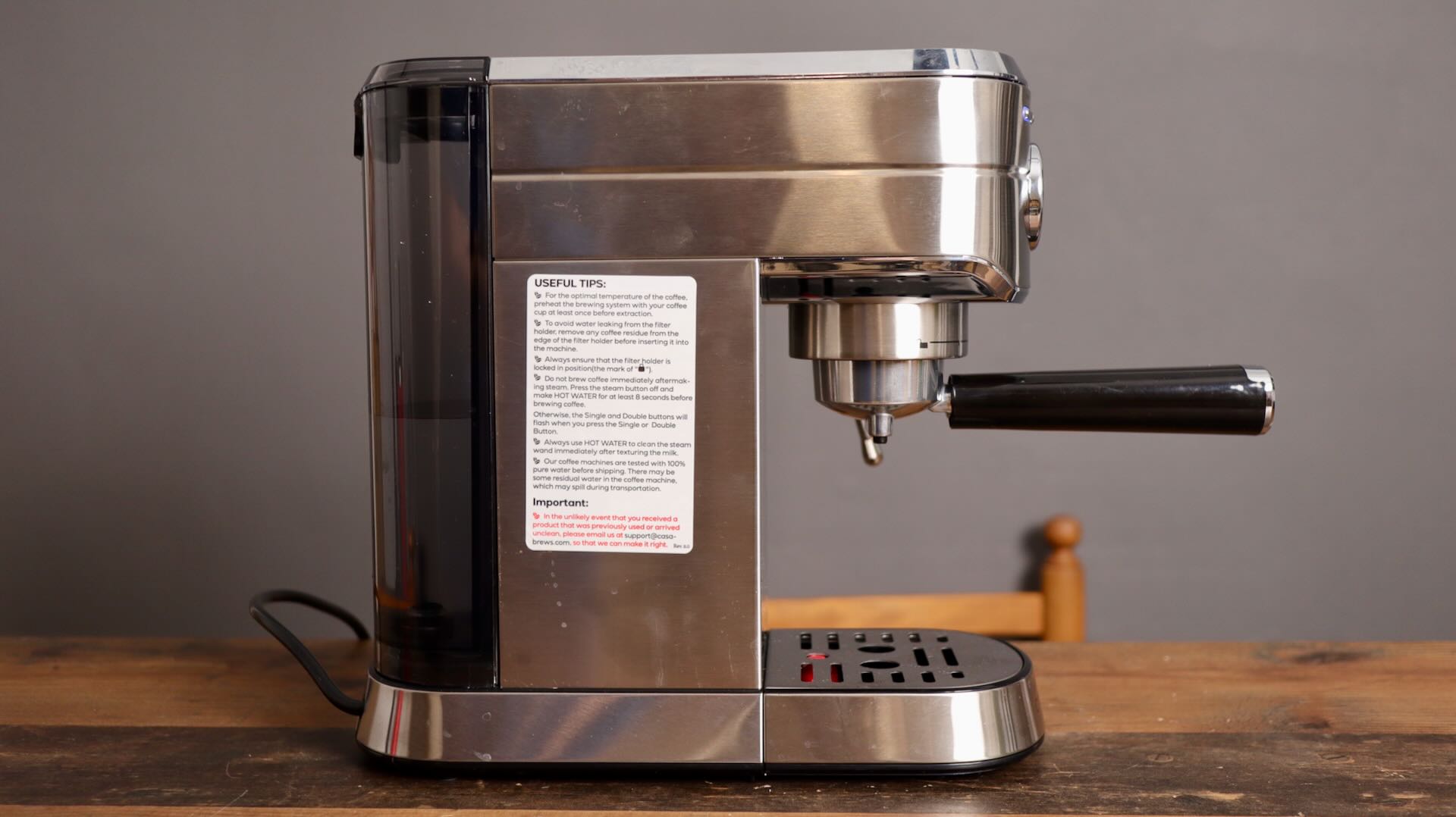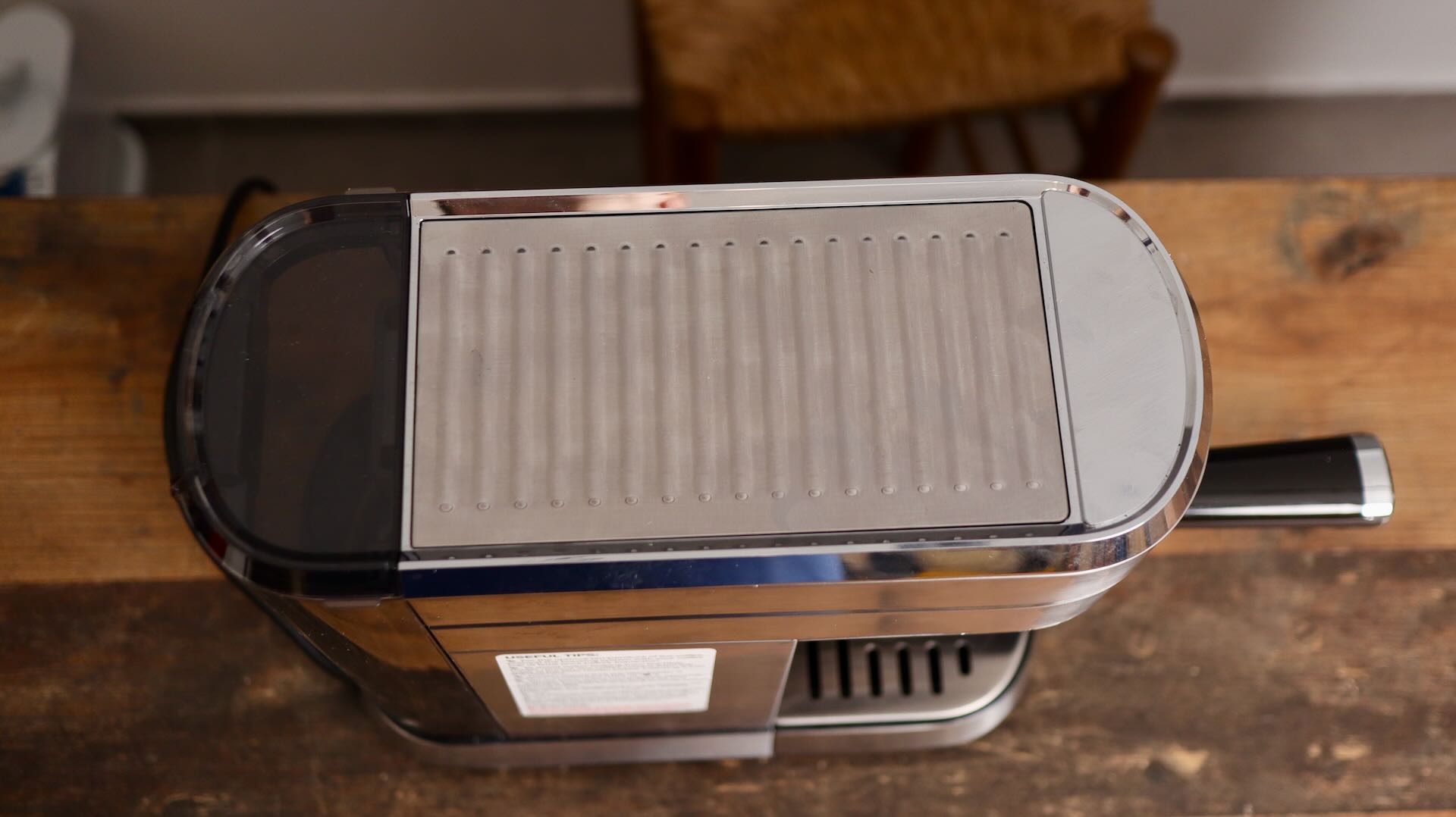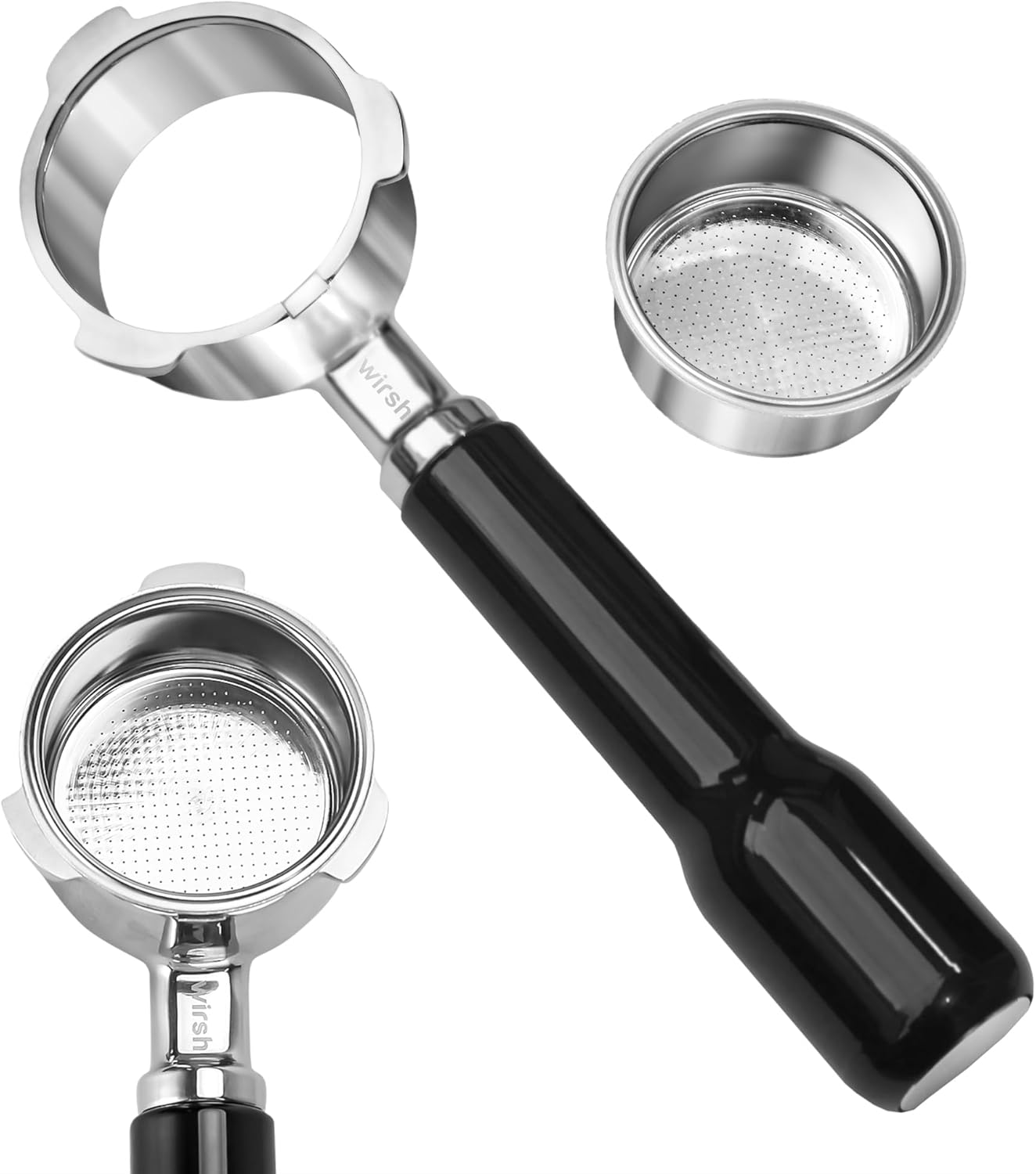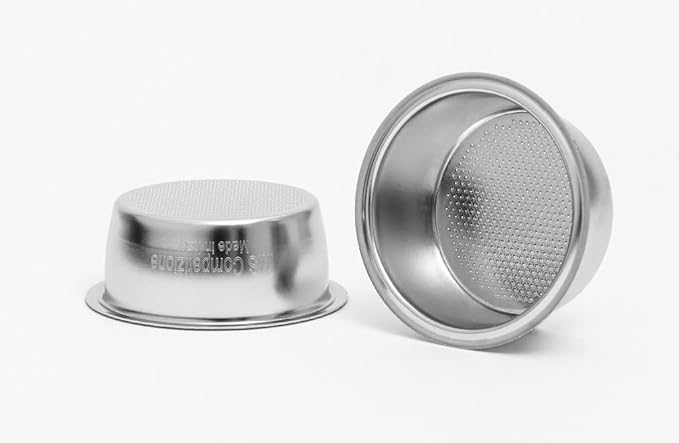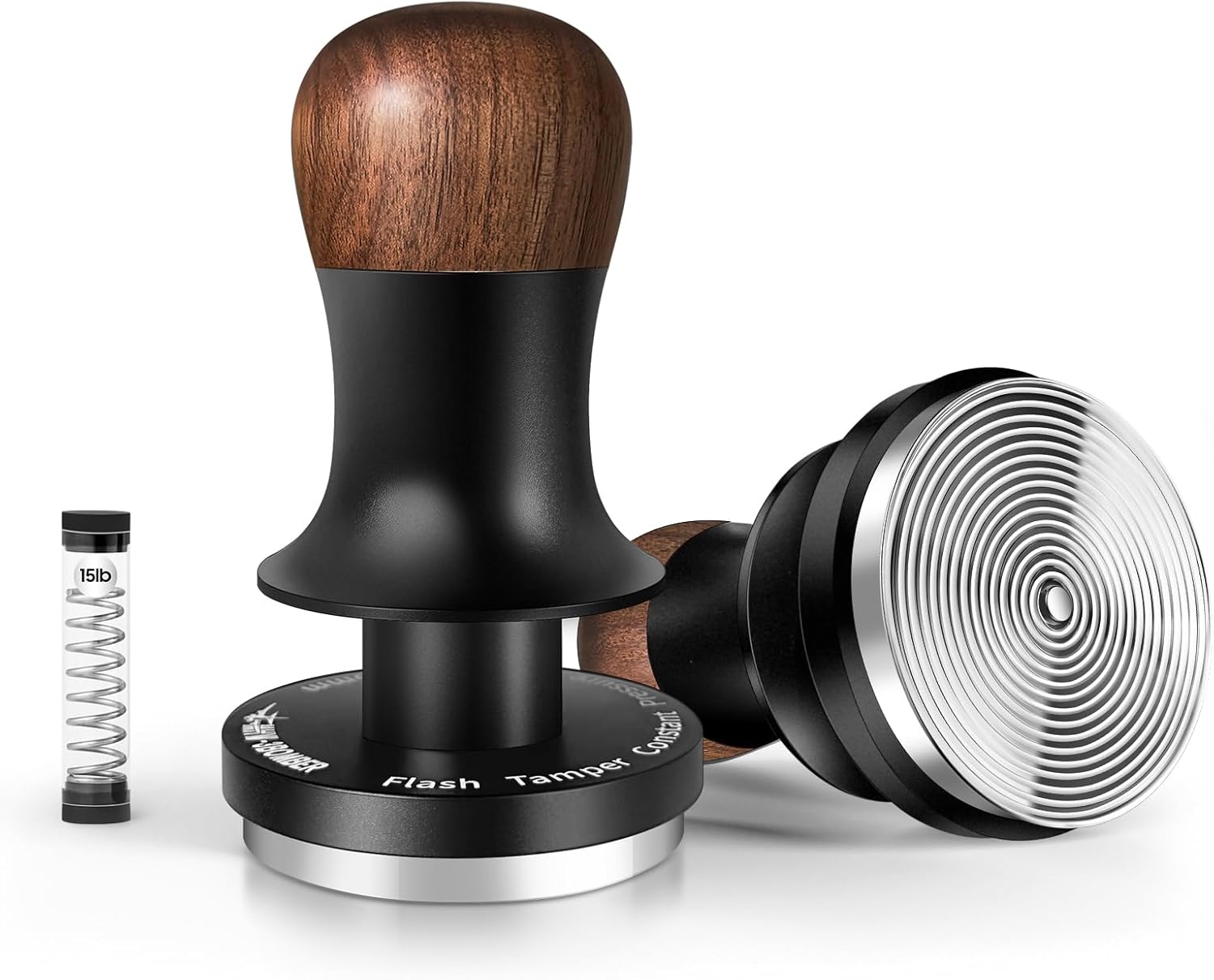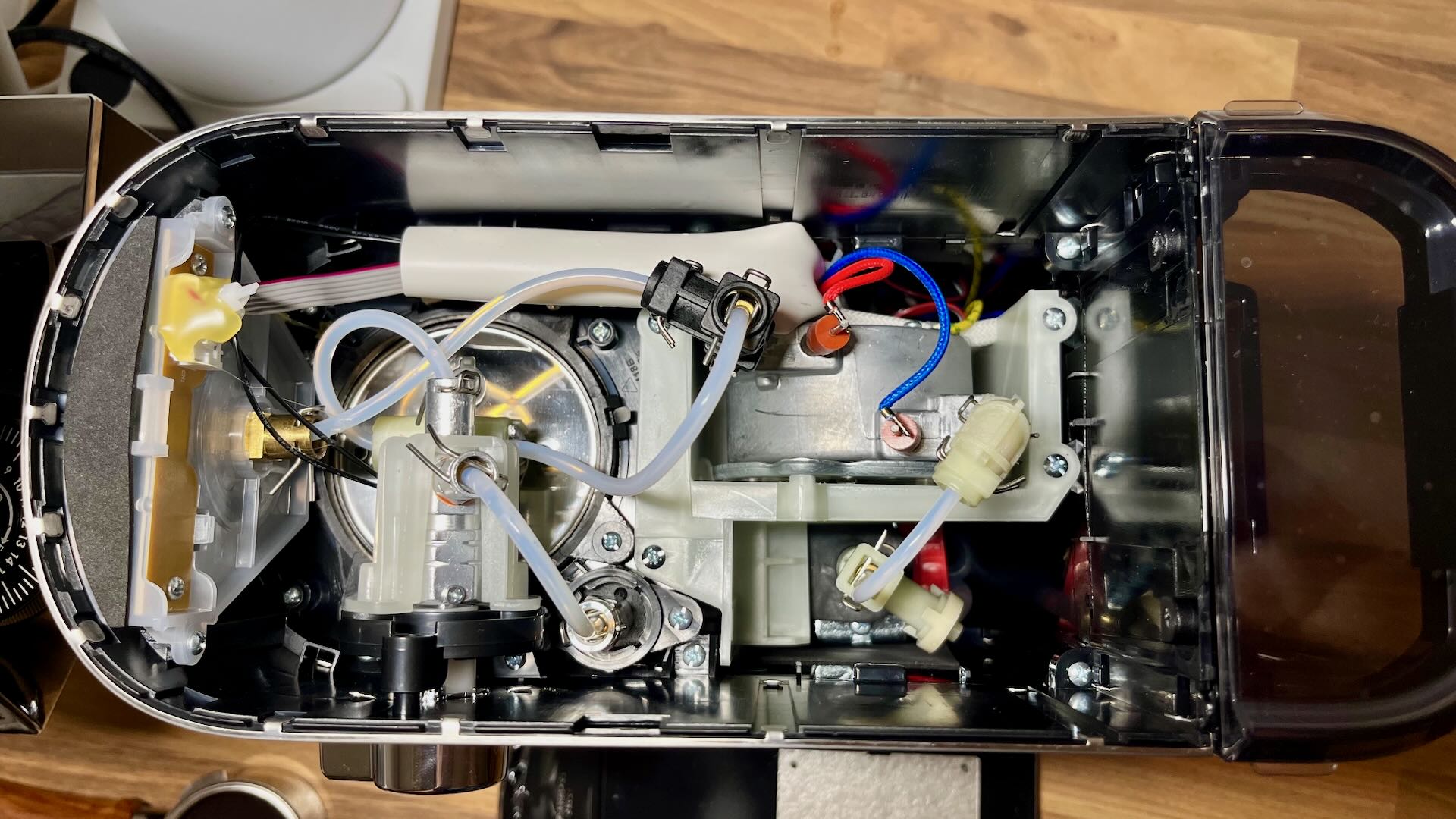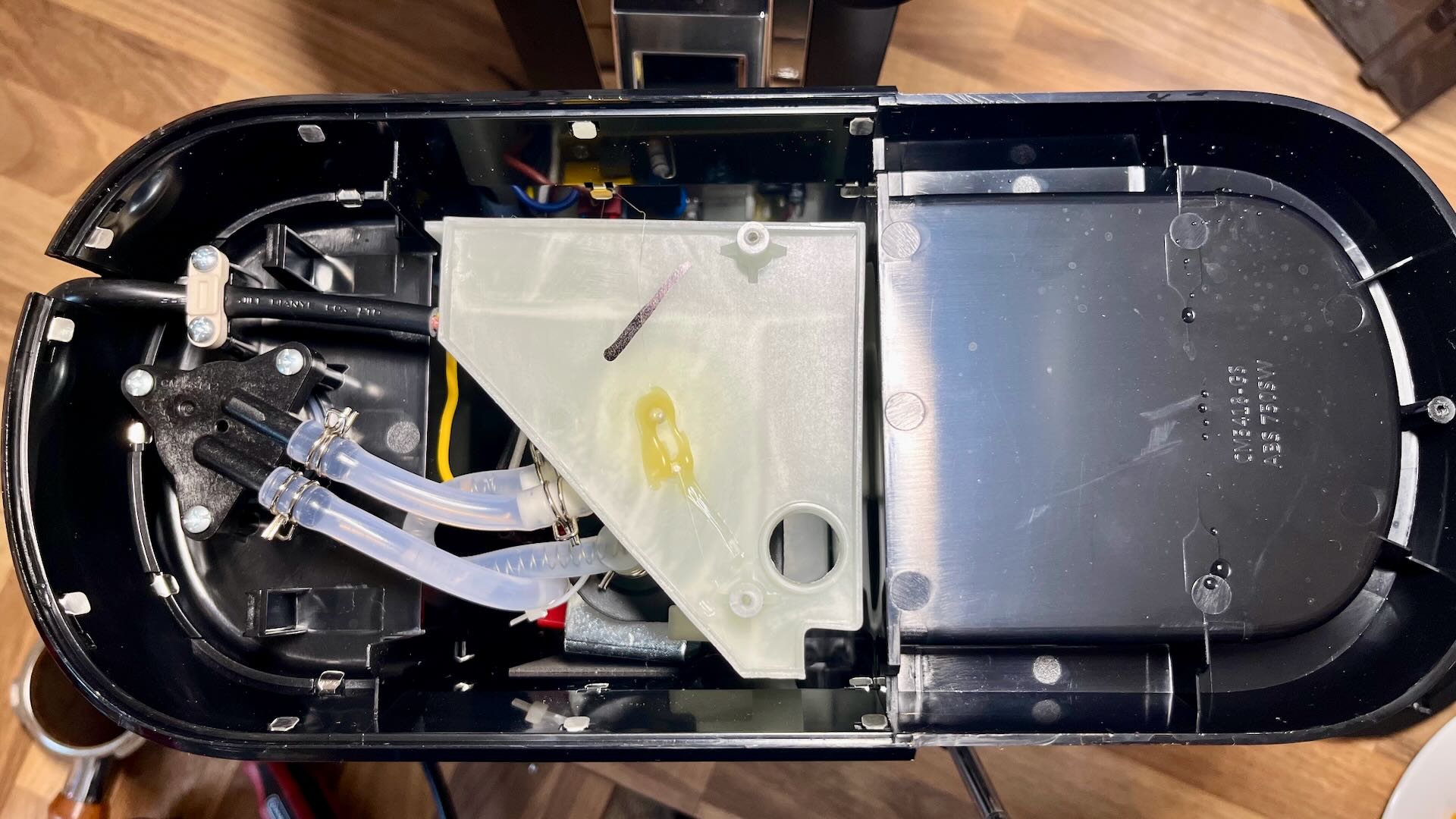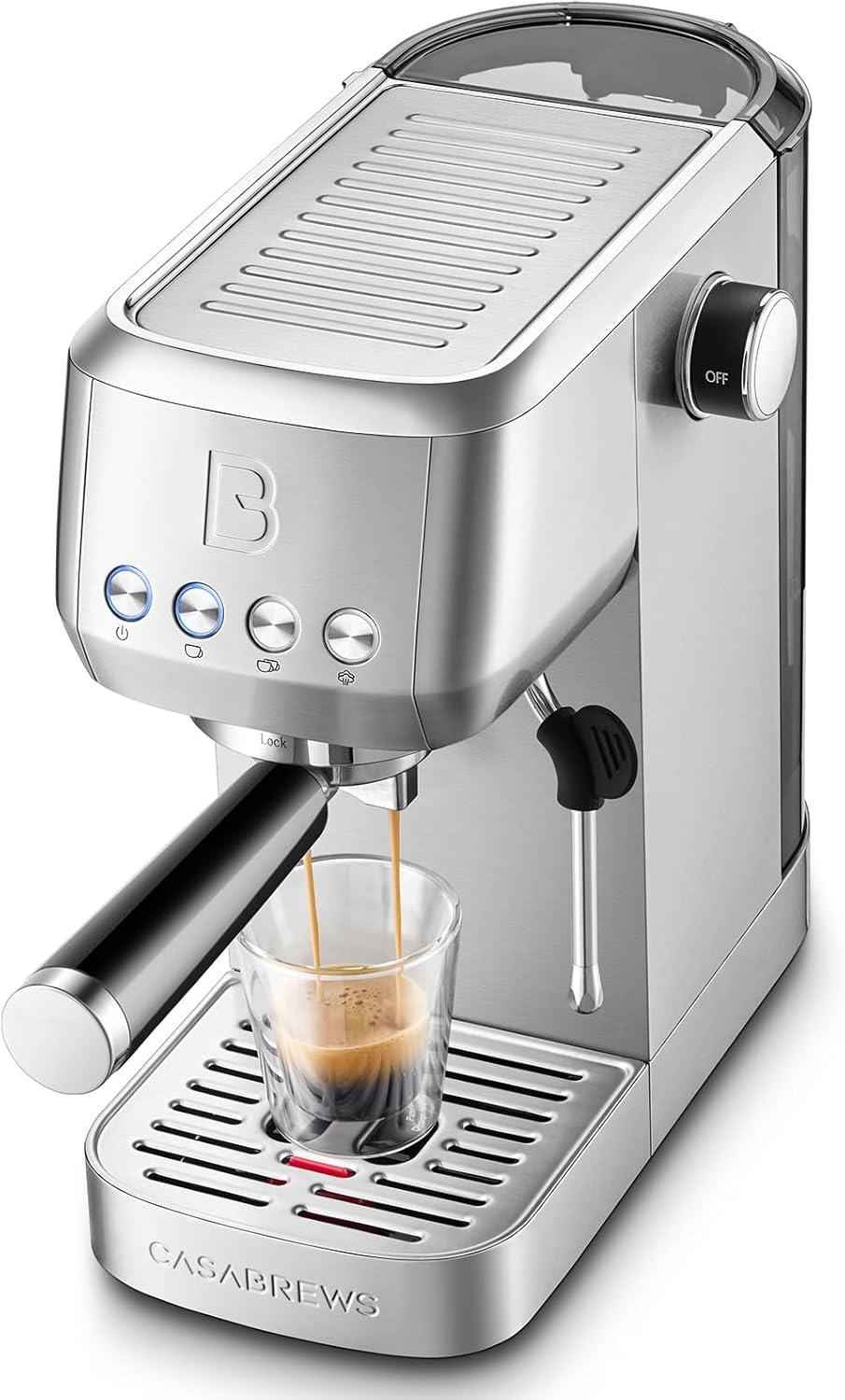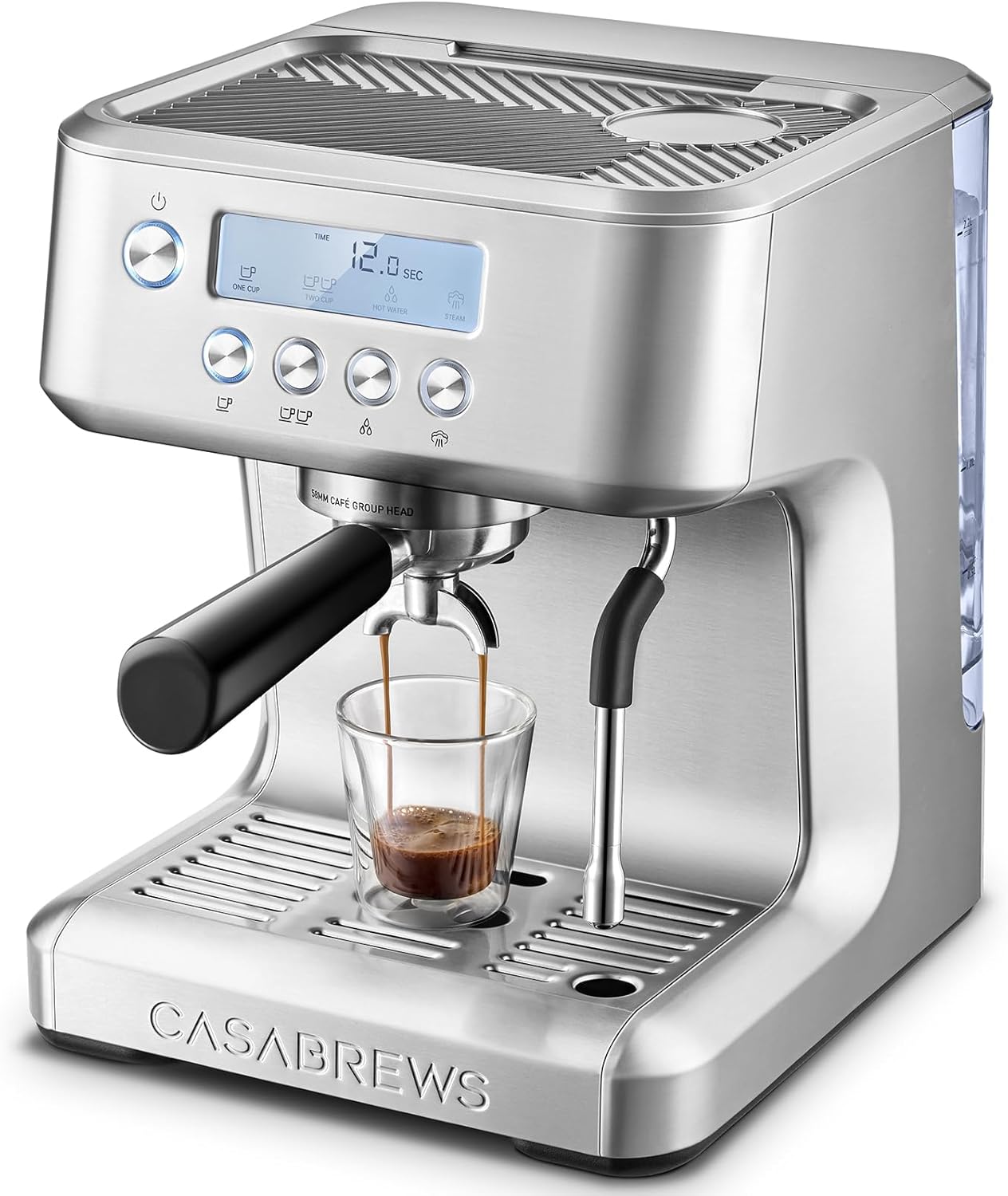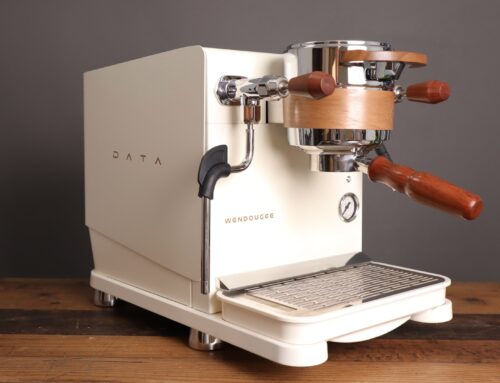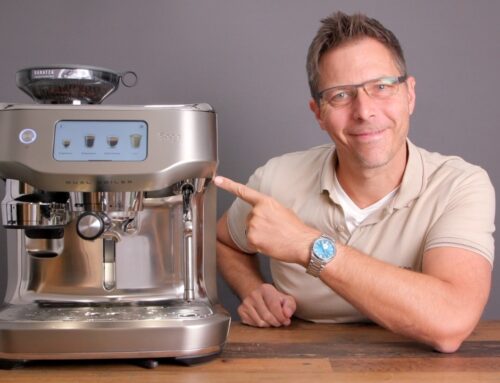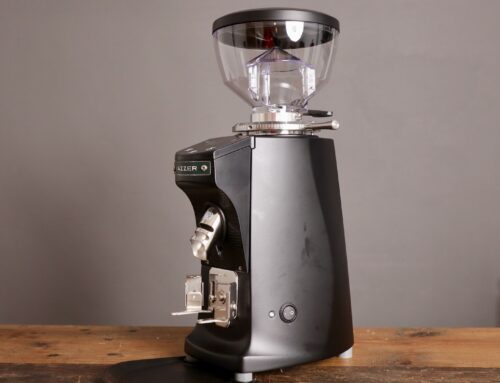Casabrews CM5418 Espresso Machine Review
What is the Casabrews CM5418?
The Casabrews is a single thermoblock espresso machine. This means that it uses an “on demand” heating system to heat water for espresso brewing, and for milk steaming.
The CM5418 is on the smaller side of espresso machines, meaning that is is both slim in width at just 6″ across, and it also uses a small 51mm portafilter. This is the inner diameter of the basket that holds the coffee. It also has a smallish capacity in the water tank, and a small drip tray.
This is not to say that a small espresso machine cannot provide good results – it can. The Delonghi Dedica is popular worldwide for a reason.
Casabrews CM5418 vs Delonghi Dedica
I would say that the Casabrews is an homage machine to the Dedica, but at a much lower price. Ever since the first Delonghi Dedica EC680 released over 10 years ago, there have been a lot of copycats. From the Solis to the Gevi 20 bar to the newly popular Casabrews CM5418.
Now when I say the Casabrews espresso machine is popular, that is an understatement. At the time of this writing, it sold almost 10,000 units on Amazon in the previous month alone. That is 8x the number of Dedicas sold the same month. Casabrews must be doing something right. But is it the cheap price alone that is causing its popularity?
Well, the Casabrews includes the features of the Dedica at a lower price, but also includes a manometer, which I am guessing leads to its success. However, I think the main reason it sells so well, even over the similarly designed Gevi, is its aggressive influencer marketing and the ads it runs.
Honestly, the Casabrews offers a lower build quality than the Dedica, which is obvious when opened up. One will also notice that neither the lid nor metal casing are grounded on the Casabrews, which is a potential safety issue in my mind. More on this later.
Design of the CM5418
The Casabrews has likely become a favored alternative to the Dedica due to its use of stainless steel casing, and slim profile. It also employs a small removable drip tray, just as the Dedica does. Even the water tank is designed similarly, although with a smaller capacity.
Thankfully, it comes with a proper steam wand, none of that panarello stuff. While this provides a much nicer result, with excellent texture, just beware that it does take some time and effort to learn how to steam with a steam wand like this. Watch the video below for some tips. The Casabrews has about the same kind of weak steam power as the Dedica EC885, so the below video should be helpful.
You are currently viewing a placeholder content from YouTube. To access the actual content, click the button below. Please note that doing so will share data with third-party providers.
More InformationThe control panel has been held super simple. There’s an on/off button, and buttons for a single or double espresso. Then, there’s a steam button. That’s it. That makes using the machine quite intuitive, but unfortunately there’s no way to adjust the temperature.
What is nice however is the inclusion of an analog manometer. This shows the current pressure on the puck, which is really nice feedback to have. While this is welcome, I do wish they had included bar ticks on the manometer; without them, you really don’t know which pressure you’re extracting at.
While the Casabrews mimics the design of the Delonghi Dedica, it has quite a slim water tank, shown below. It’s so narrow in fact, that you have to be careful when aiming to fill it with water.
My tip? Remove it and fill it away from the machine. Otherwise, you might end up spilling between the tank and machine body, as I did.
The top of the CM5418 shows a ribbed cup tray, which does get a little warm, but not warm enough to effectively warm your cups. This top lid is made of plastic, coated with chrome.
What does the CM5418 come with?
The Casabrews comes with all you need to make a pressurized extraction, but not more. There is no proper tamper or milk pitcher. You’ll have to buy those separately. Here is what it does come with:
- 2 pressurized baskets
- Combined scoop and tamper
- Steam wand cleaning pin
- Directions
What about a solenoid, PID, and pre-infusion?
The Casabrews comes with a similar kind of pre-infusion to the Dedica – a few seconds of spurts of water, then a pause. After this, the machine starts extracting. Don’t expect PID control in this machine however, especially not at this price.
There isn’t a 3 way solenoid valve either, to remove pressure off the puck after the extraction. This means that the portafilter will keep dripping after the extraction, and you should wait 60 seconds before removing it, to avoid a big splattered mess of hot coffee all over your counter. To be fair, the Dedica series does not have a 3 way solenoid either.
So how does the CM5418 perform for Espresso?
So far, the new Casabrews performs as I expected for espresso. I normally use a med-dark espresso bean blend, with 80% arabica and 20% robusta, and this machine is able to pull a nice shot with these aforementioned freshly roasted beans. It is able to make a good crema (either artificially with the pressurized baskets, or genuinely with the non-pressurized), which offers nice mouth feel. If I am comparing this to the Dedica, I’d say they are close, whereby I do feel like I get slightly more nuanced shots from the Dedica.
That being said, the results are going to depend a lot on the beans you’re using, your grinder, and your experience with the machine. I have not tested it with lighter roasts, but I do not think it will fair well, since it cannot have its temperature changed. For lighter roasts, you need a higher temperature to avoid sour extractions.
How does the Steam Wand do for Milk Foam?
The steam wand on the Casabrews is quite comparable to that from the EC885 Dedica. It is slow and lacking a bit of power, but with some patience, it gets the job done. I do really appreciate that it is a proper steam wand without panarello, and that at such a low entry price.
Best Accessories for the Casabrews?
I think this machine benefits the best from a bottomless portafilter and IMS basket. Just be sure to get the portafilter designed for Casabrews/Gevi. Delonghi portafilters DO NOT fit!
That being said, other 51mm accessories DO fit, such as the IMS basket, tamper, funnel, and so on.
How is the build quality?
Ok, I cannot fault the machine for not working. It works, and it actually works well. It’s able to make pressurized and non-pressurized espresso extractions, and it can make good milk foam. And all that for just $140.
However, when you open up the machine, you get the feeling that they cut some corners to reach that price. As I mentioned earlier, the lid and casing are not grounded. Also, the components used look cheap to me. The clips holding the PTFE lines to the raccords are bent wires, rather than springy clips. The heater and steam valve look like generic parts. I am not sure it will be easy to find any replacement parts if needed. One point of redemption is however, that they use an ULKA pump.
Pros and Cons of the Casabrew?
I can understand this is a popular machine. It’s like a Dedica, but much cheaper. But it’s not without its cons.
Pros:
- Very competitive price
- Makes pretty good espresso and milk drinks
- Includes a manometer
- Includes a nice steam wand
Cons
- Below average build quality
- Only comes with pressurized baskets
- Much fewer after market parts compared to Delonghi or Breville
- No grounding of the lid or casing
- Small water tank that’s hard to fill
Specifications of the Casabrews CM5418:
– Dimensions: 12.28″D x 5.9″W x 11.97″H
– Weight: 8.59 pounds
– 1450 watt machine
– Build Materials: stainless steel and plastic
– Country of Origin: China
Verdict
For $140, it’s not a bad entry to the espresso world. But considering the lack of 3rd party accessories, the lack of forum entries, and the lack of grounding, I’d prefer to recommend the Delonghi Dedica. But of course the choice is up to you!
Casabrews CM5418 alternatives:
While the CM5418 is Casabrews’ best seller, there are two other options that may be very interesting as well, namely the 3700 Essential, and the Ultra.
The 3700 Essential is their smaller model, without a manometer. This allows them to lower the price even further, and offer it around the $100 mark. Other than the lack of a manometer, it is pretty much the same as the CM5418.
If you are looking for a machine that has a larger capacity, including a larger water tank and drip tray, you might want to consider Casabrews’ Ultra machine. The Ultra also has an LCD display for easy legibility, and it includes the choice of four different temperatures. Finally, it includes a shot timer, which is a nice feature.
The Ultra also includes a 58mm portafilter, which ticks the box for many people, looking to re-use their 58mm accessories, such as puck screen, tamper, and funnel.
| Wattage | Water Tank | Display | Dimensions, Inches | Portafilter Size, mm | |
|---|---|---|---|---|---|
| CM5418 | 1350 | 34 oz | Manometer | 6 x 12 x 12.3 | 51 |
| 3700 Essential | 1350 | 44 oz | Buttons | 5.7 x 12.6 x 12.2 | 51 |
| Ultra | 1350 | 73 oz | LCD Display | 10.3 x 12.2 x 13 | 58 |
Watch the full review:
You are currently viewing a placeholder content from YouTube. To access the actual content, click the button below. Please note that doing so will share data with third-party providers.
More Information